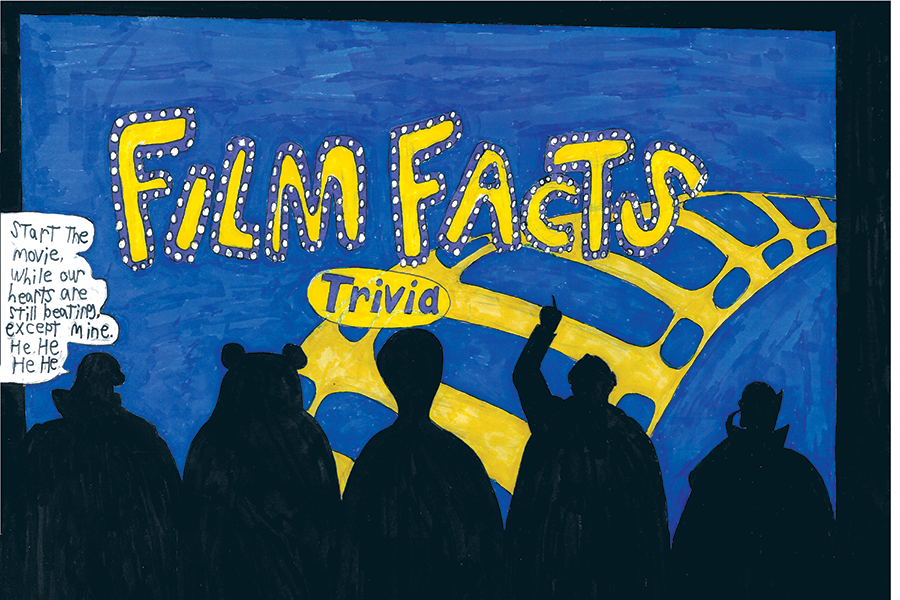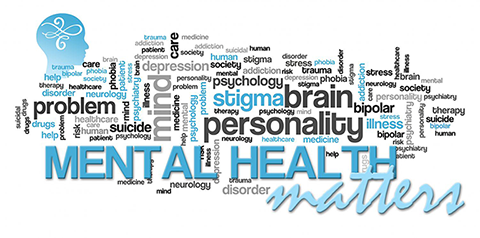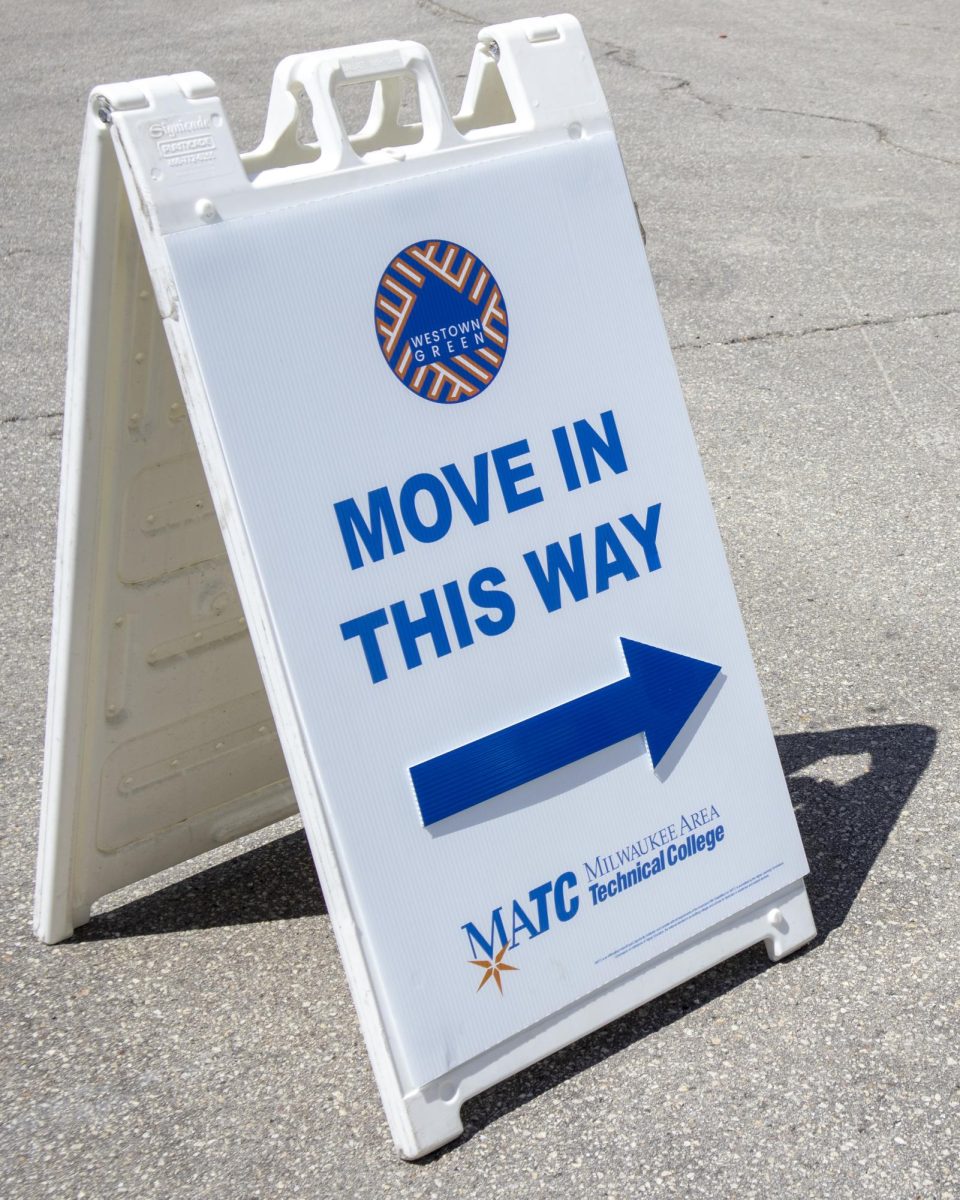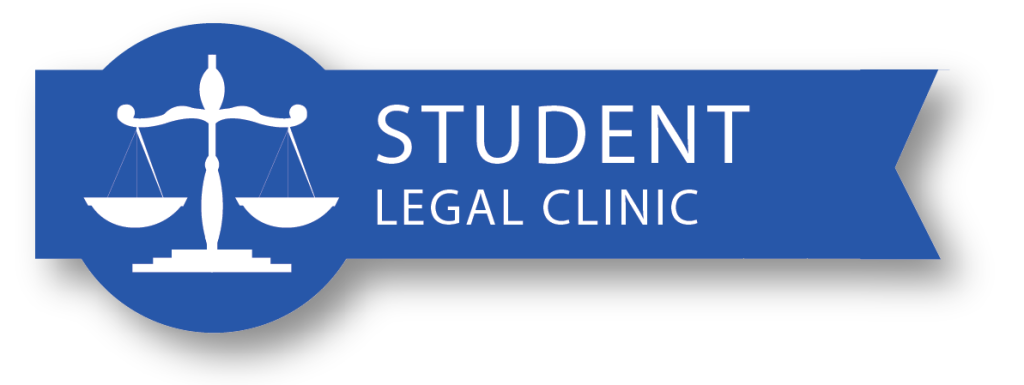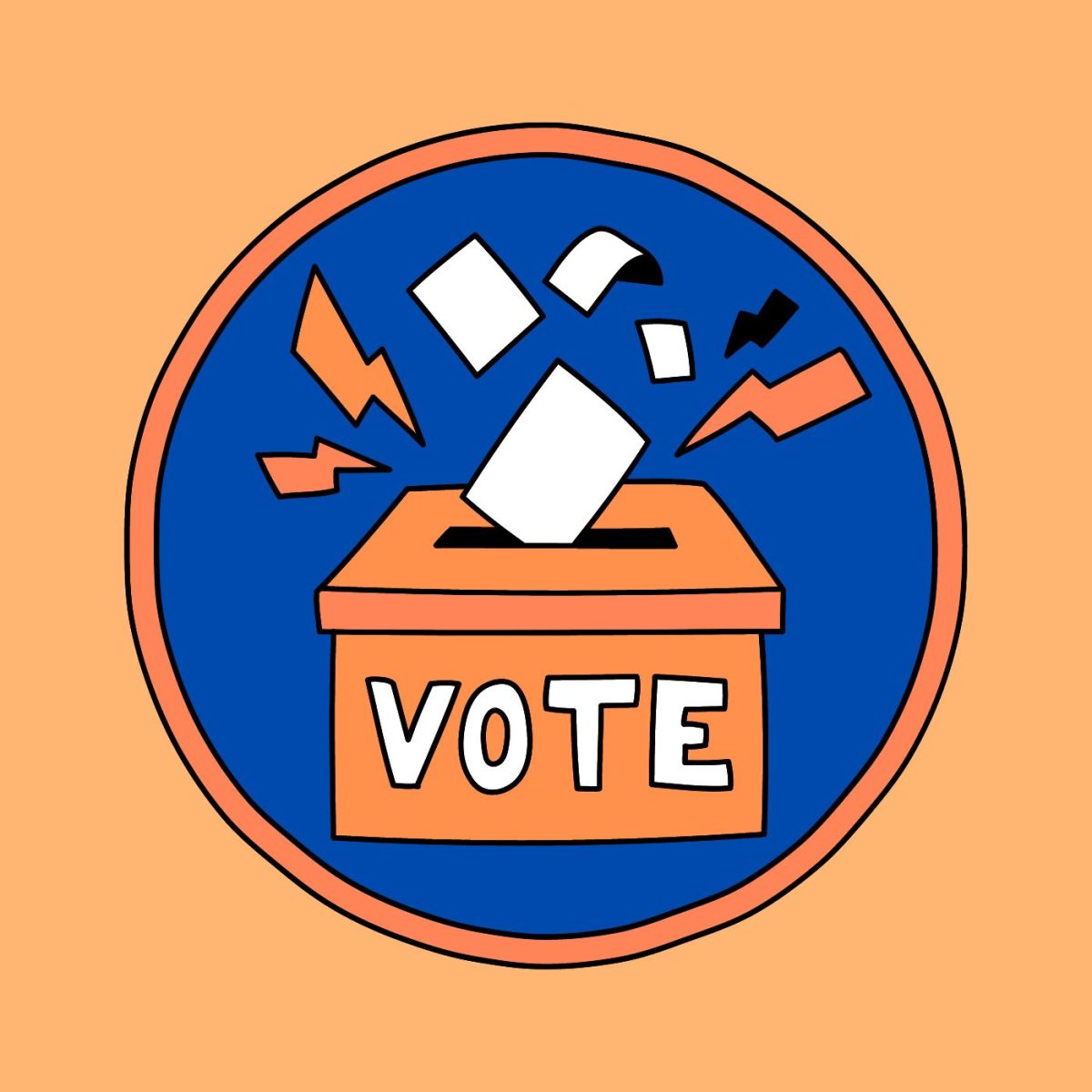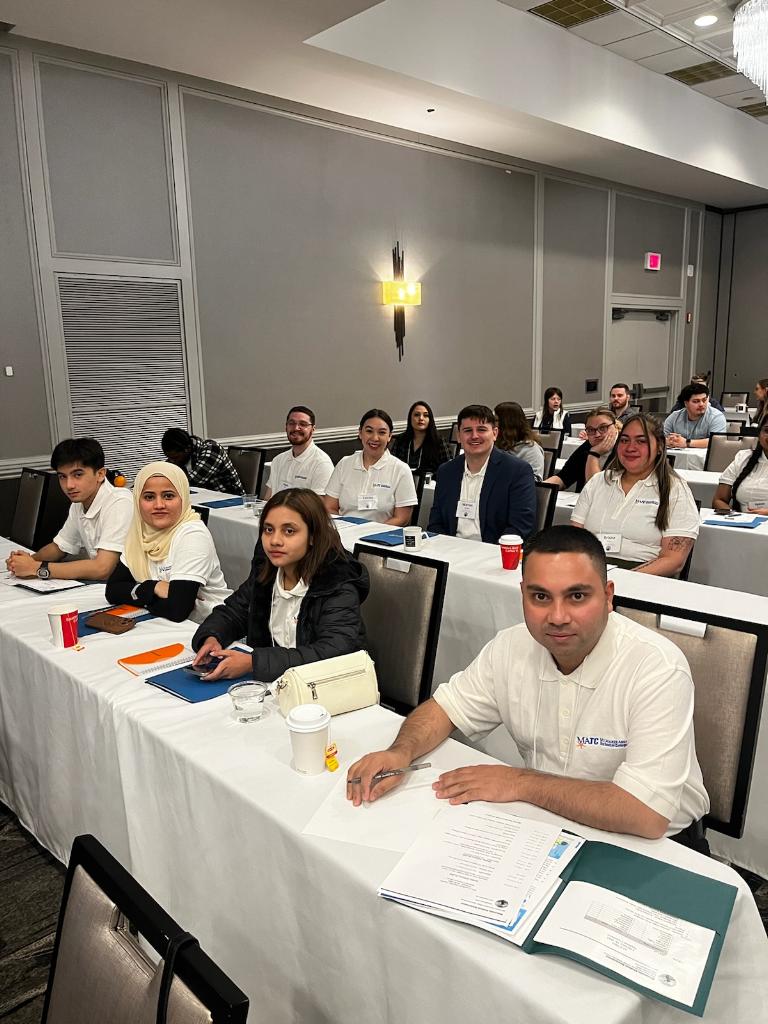February is Eating Disorders Awareness Month.
What is an eating disorder?
Eating disorders are conditions that cause distress related to one’s food intake, body image, or weight. The American Psychiatric Association (APA) defines an eating disorder as a serious and life-threatening mental health condition characterized by a consistent disruption of normal eating behavior that results in problems with physical health and psychosocial functioning.
The most common types of eating disorders include anorexia nervosa, bulimia nervosa, binge eating disorder, and avoidant restrictive food intake disorder (ARFID). According to ANAD (National Association of Anorexia Nervosa and Associated Disorders), an estimated 28.8 million Americans will have an eating disorder in their lifetime.
Eating disorders in college students are serious, and can be life-threatening in some cases. Anorexia has the highest mortality rate of any mental health disorder. Over 10,200 deaths each year are the direct result of an eating disorder—that’s one death every 52 minutes. In addition to the potential loss of life, the economic cost of eating disorders exceeds $64.7 billion every year.
Despite these sobering statistics, there is often a lack of awareness about how serious these disorders are. The cause of eating disorders is not understood but it is believed to be caused by a combination of genetic, biological, behavioral, psychological, and social factors. Eating disorders impact individuals of all races, ethnicities, body types, genders, and ages.
Some of the warning signs that an individual may have an eating disorder are often not what they do but what they say about themselves: “I’m so fat. I’m a pig.” “I wish I looked like this artist.” “I’m on a diet.” Other signs may include drastic changes in appearance, preoccupation with exercise, gastrointestinal issues, hair loss, severe dehydration, and fatigue. Eating disorder symptoms vary based on the type of eating disorder and length of time an individual has had the disorder.
Common Myths About Eating Disorders
Myth: You can tell that someone has an eating disorder just by looking at them.
The majority of individuals with eating disorders do not appear underweight. In fact, there is no specific “look” to someone with an eating disorder. Many individuals with eating disorders appear healthy.
Myth: Eating disorders are a lifestyle choice and are about personal vanity.
People do not choose to have an eating disorder. Eating disorders are complex illnesses rooted in biological, psychological, and sociocultural factors that extend beyond one’s concern about calories, weight, or body shape. Having an eating disorder can cause significant emotional and psychological distress as well as lead to serious medical complications.
Myth: Only women can have an eating disorder.
Eating disorders impacts individuals of all backgrounds and identities.
Eating Disorder Treatment
Eating disorders are treated in a variety of ways according to the severity of the condition with different levels of care: residential care, intensive outpatient treatment (IOP), and partial hospitalization programs (PHP) are options that may be available. The types of therapy commonly used in eating disorder treatment include cognitive behavioral therapy (CBT), dialectical behavior therapy (DBT), family-based treatment (FBT), and medication management.
Want to learn more?
The National Eating Disorder Association (NEDA) has information on eating disorders including resources to help you or someone you are concerned about, which you can access here.
Resources:
For MATC students who may be struggling with symptoms of an eating disorder, you may reach out to the Counseling and Psychological Services (CAPS) department to access confidential counseling services at [email protected], or see the additional resources listed below:
ANAD is a non-profit organization providing free, peer support services to anyone struggling with an eating disorder. Their phone number is: 888-375-7767.
Rogers Behavioral Health is a not-for-profit, independent provider of specialized mental health and addiction treatment. Their number is: 800-767-4411.
Discovery Behavioral Health (DBH) serves individuals with substance use, mental health or eating disorders. Their phone number is: 877-753-2074.
















